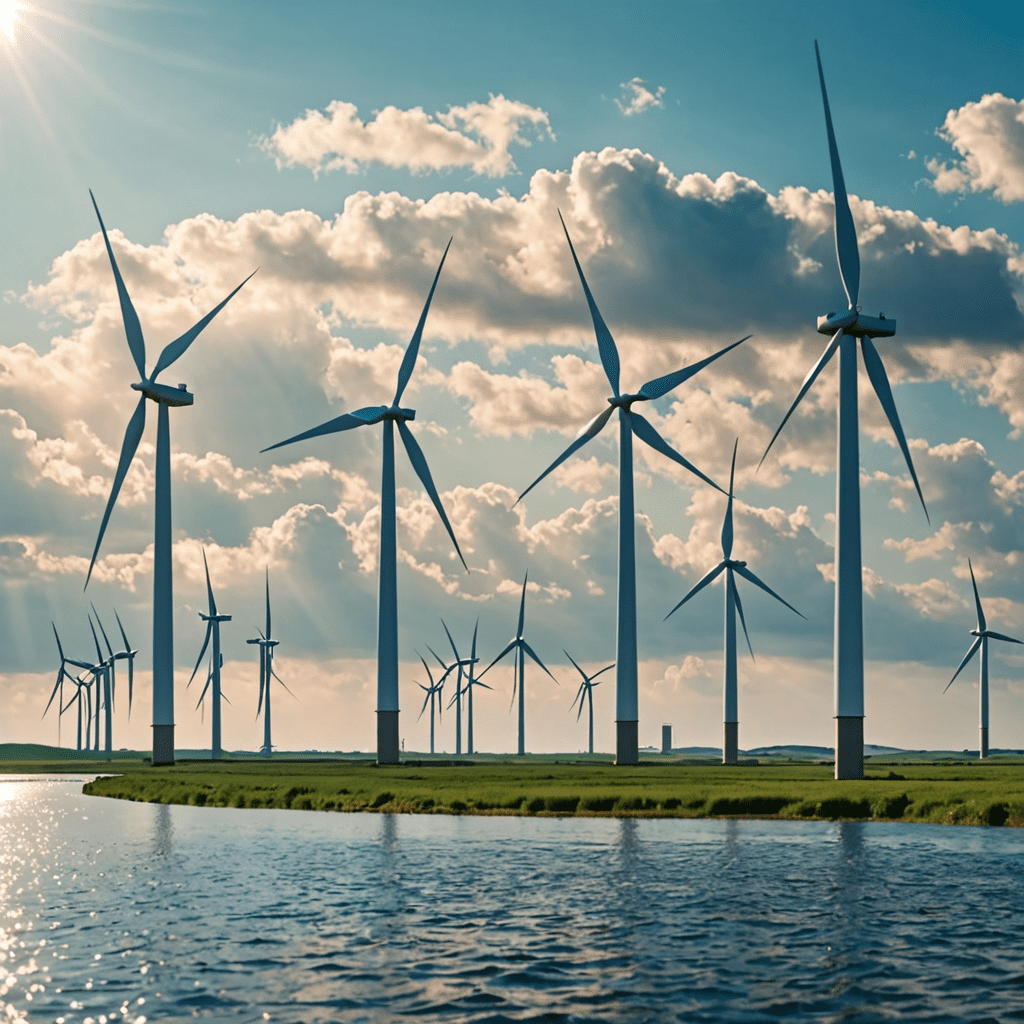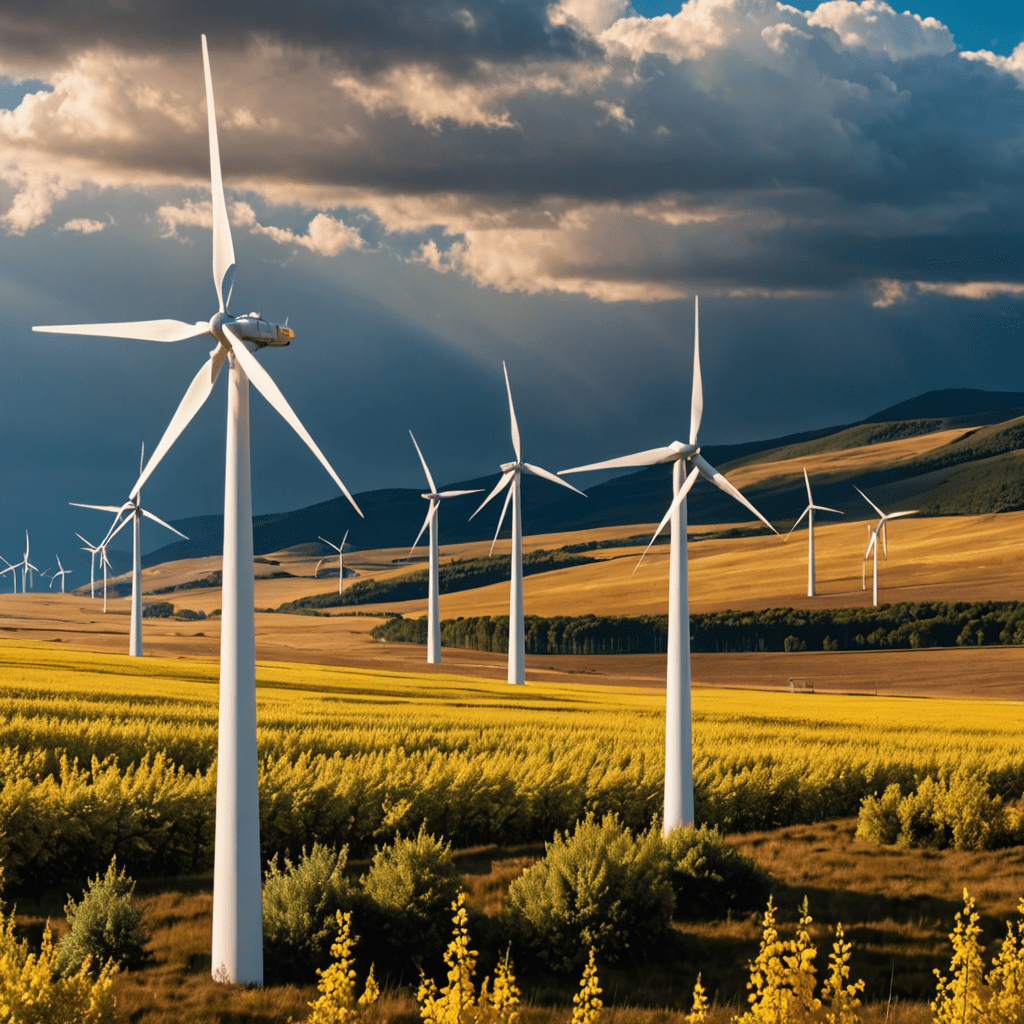
Wind Energy’s Role in Water Pumping Systems
Wind energy is an increasingly popular and sustainable source of power for various applications. One of the critical roles it plays is in water pumping systems, where it offers an environmentally friendly solution to meet water supply needs in both rural and remote areas. Let’s explore how wind energy is utilized in water pumping systems:
The Basics of Wind Energy
Wind energy harnesses the power of the wind to generate electricity. Wind turbines are commonly used to convert the kinetic energy of the wind into mechanical power, which can then be used for various purposes, including pumping water.
How Wind Powers Water Pumps
Wind energy can be directly used to power water pumps in off-grid areas. Wind turbines are connected to water pumps, either through mechanical systems or electric generators, to draw water from underground sources such as wells or boreholes.
Advantages of Using Wind Energy for Water Pumping
1. **Sustainability:** Wind energy is a renewable resource, making it an environmentally friendly option for water pumping systems.
2. **Cost-Effectiveness:** Once installed, wind turbines can provide a cost-effective solution for pumping water, especially in locations where grid electricity is unavailable or expensive to access.
Challenges and Considerations
While wind energy offers many benefits for water pumping systems, there are some challenges to consider, including:
1. **Intermittent Nature:** Wind energy is dependent on wind availability, which can lead to variability in pumping water. Storage systems or backup solutions may be needed.
2. **Maintenance:** Wind turbines require regular maintenance to ensure optimal performance, which can add to the overall operational costs.
Applications of Wind-Powered Water Pumping
Wind-powered water pumping systems find applications in various sectors, including agriculture, livestock watering, and community water supply in remote areas. These systems offer a sustainable and reliable source of water without relying on traditional electricity sources.
Conclusion
Wind energy plays a crucial role in enhancing access to water resources through its application in water pumping systems. By harnessing the power of the wind, communities can secure a sustainable and cost-effective solution for meeting their water supply needs, especially in off-grid and remote areas.
Wind Energy’s Role in Water Pumping Systems FAQ
What is the significance of wind energy in water pumping systems?
Wind energy plays a crucial role in water pumping systems by providing a sustainable source of power to operate pumps, making them more energy-efficient and environmentally friendly.
How do wind-powered water pumping systems work?
Wind-powered water pumping systems utilize wind turbines to generate mechanical energy, which is then converted into electricity to power water pumps, allowing for the extraction or distribution of water efficiently.
What are the benefits of using wind energy for water pumping?
Using wind energy for water pumping reduces reliance on fossil fuels, lowers operational costs, minimizes carbon emissions, promotes sustainability, and can provide water access in remote locations without access to the grid.
Are wind-powered water pumping systems suitable for all regions?
While wind energy can be harnessed in various regions, the effectiveness of wind-powered water pumping systems depends on factors like wind availability, site location, wind turbine design, and the water demand of the particular area.


